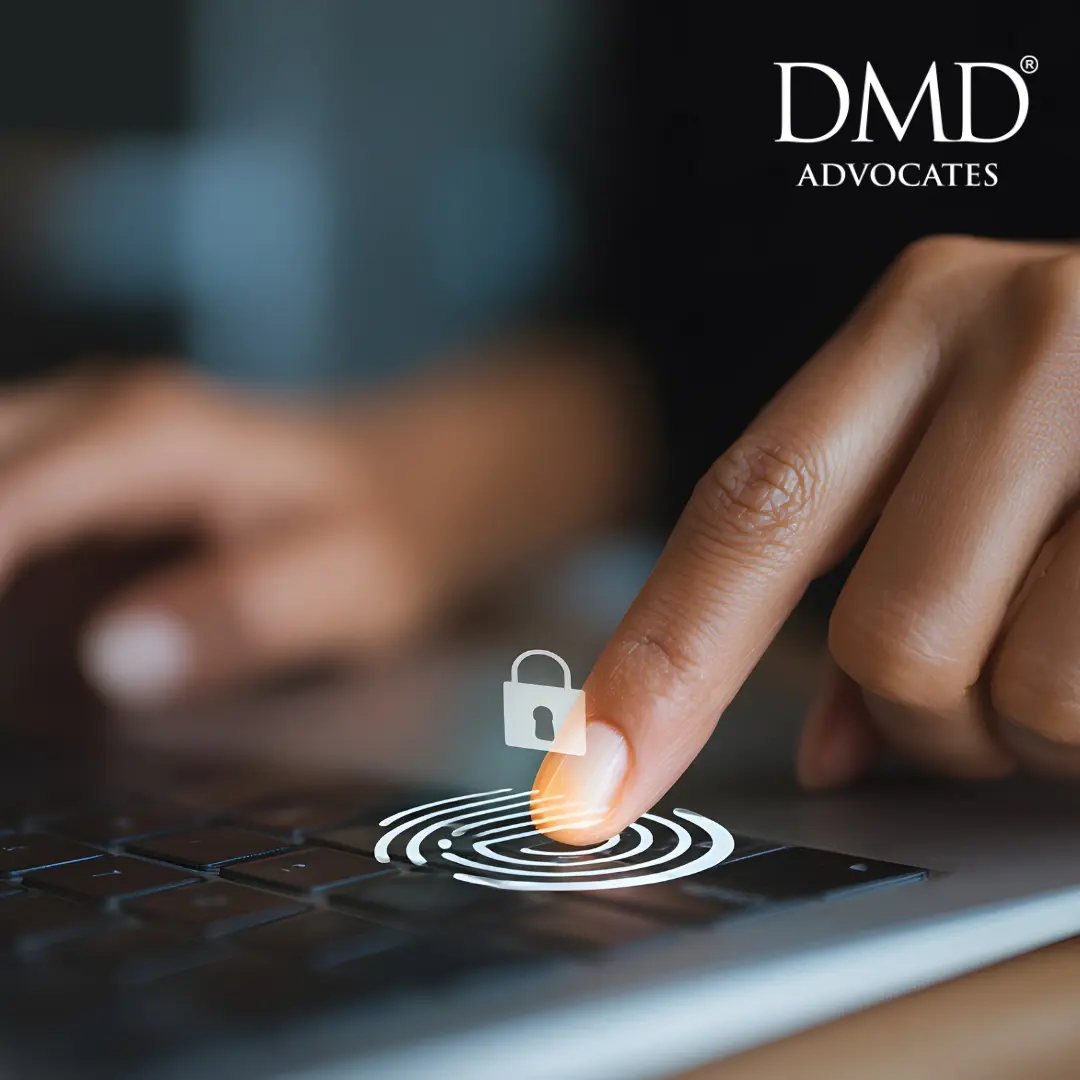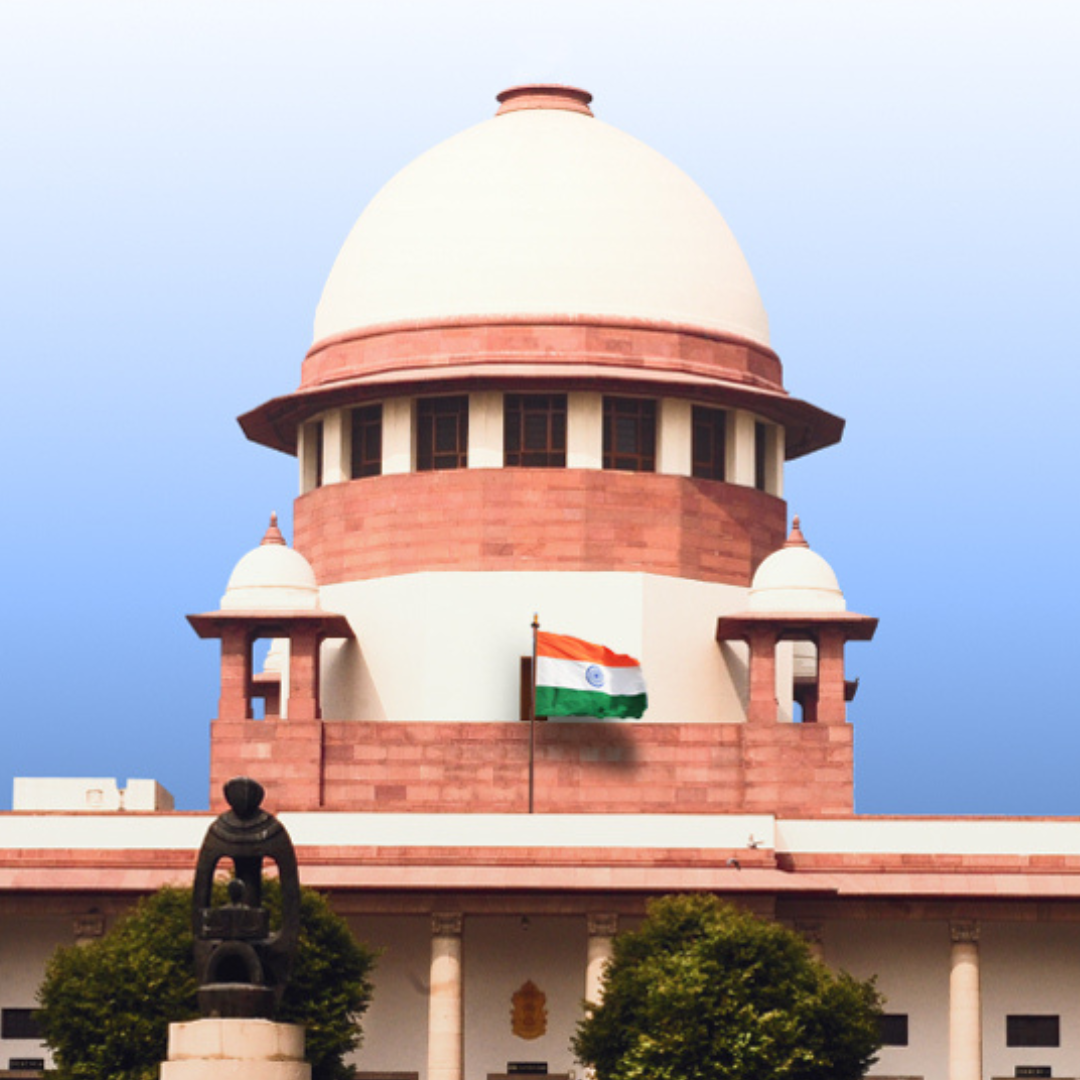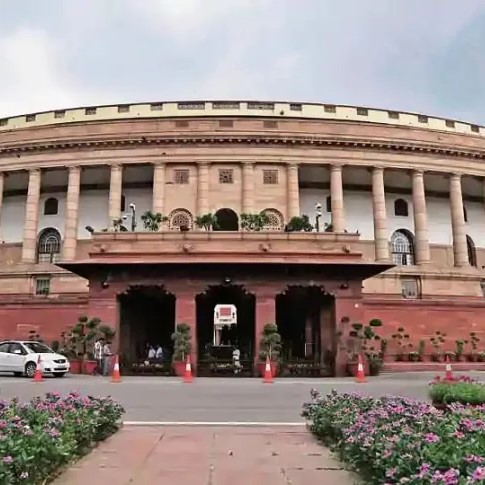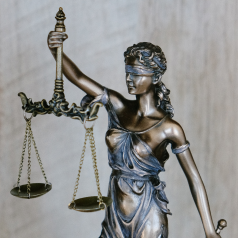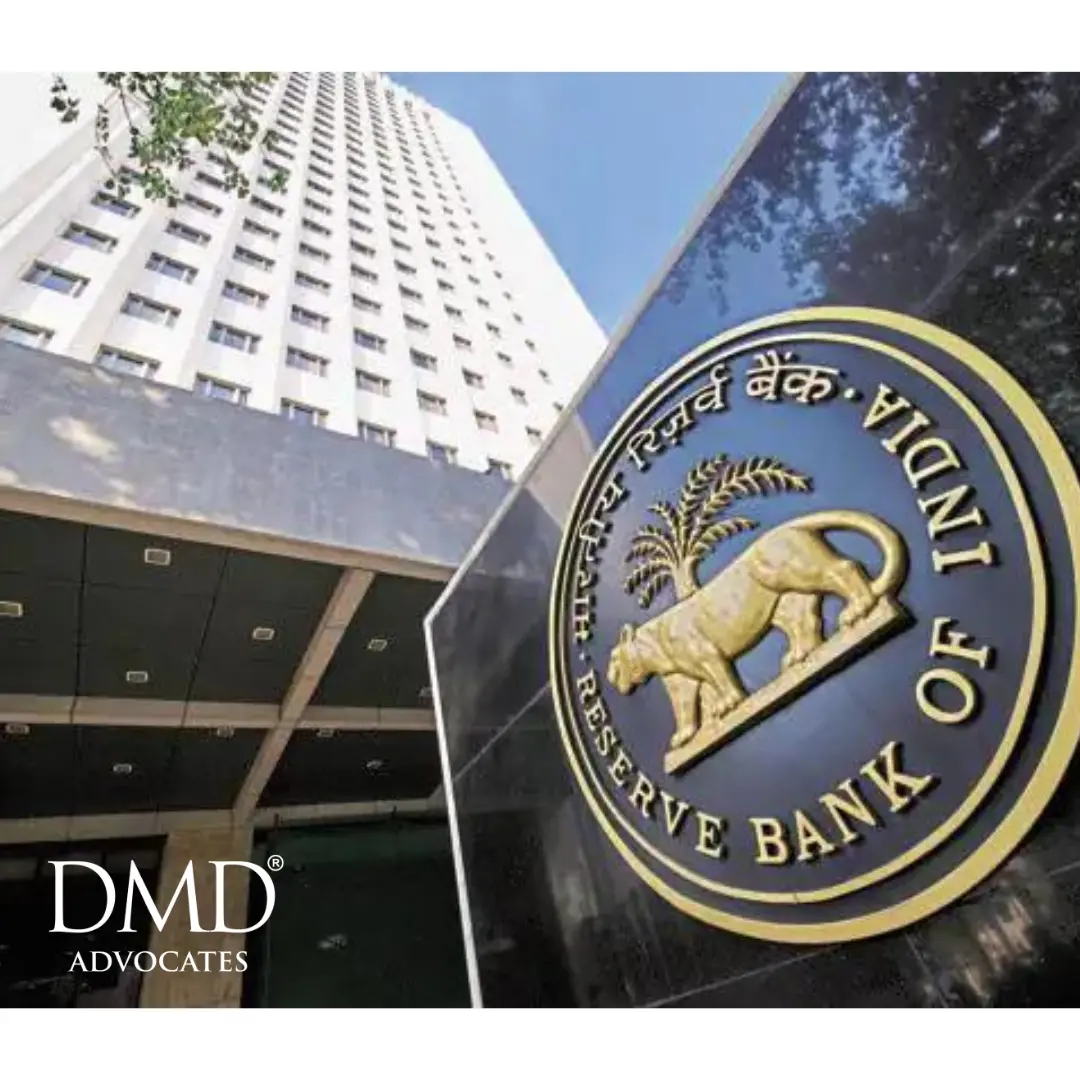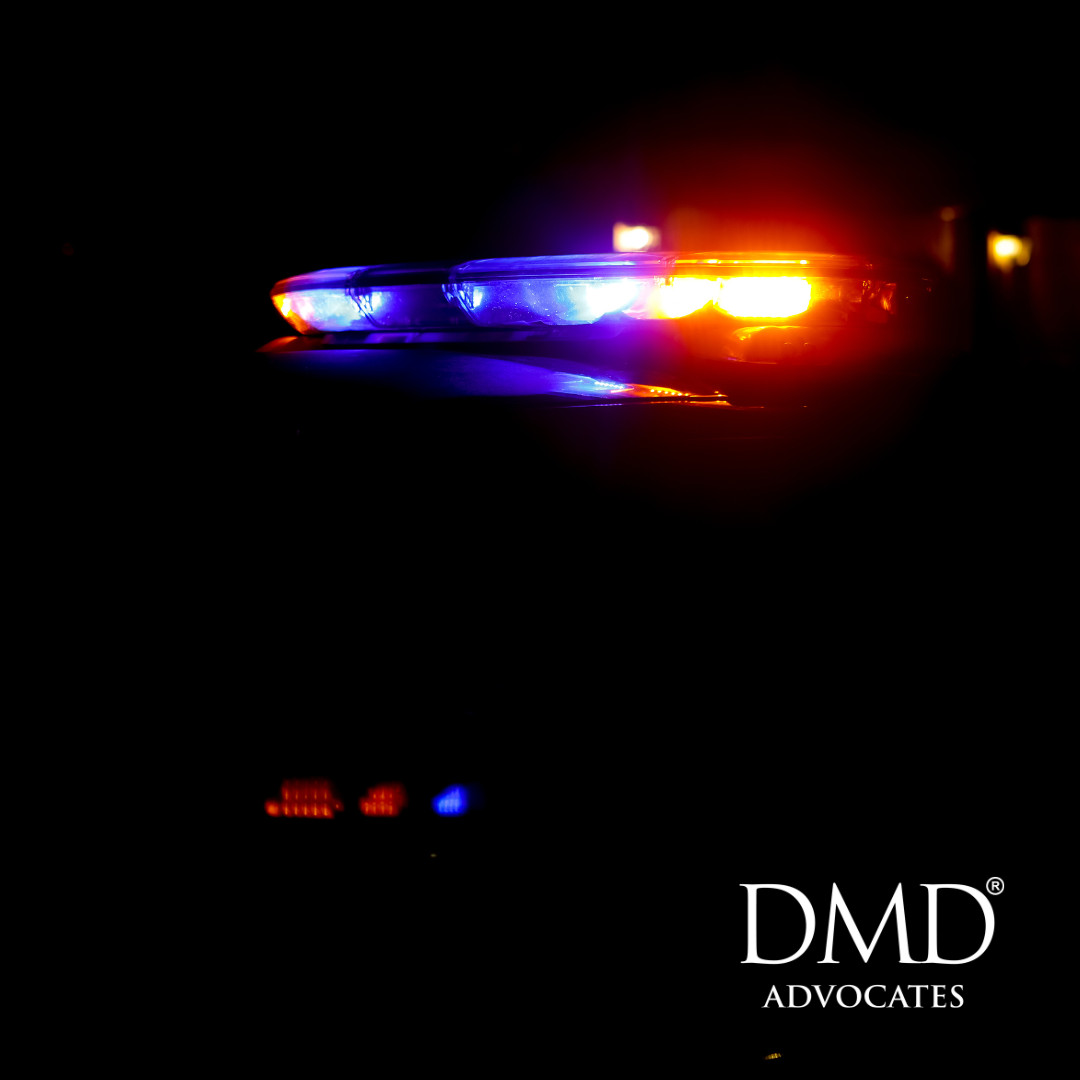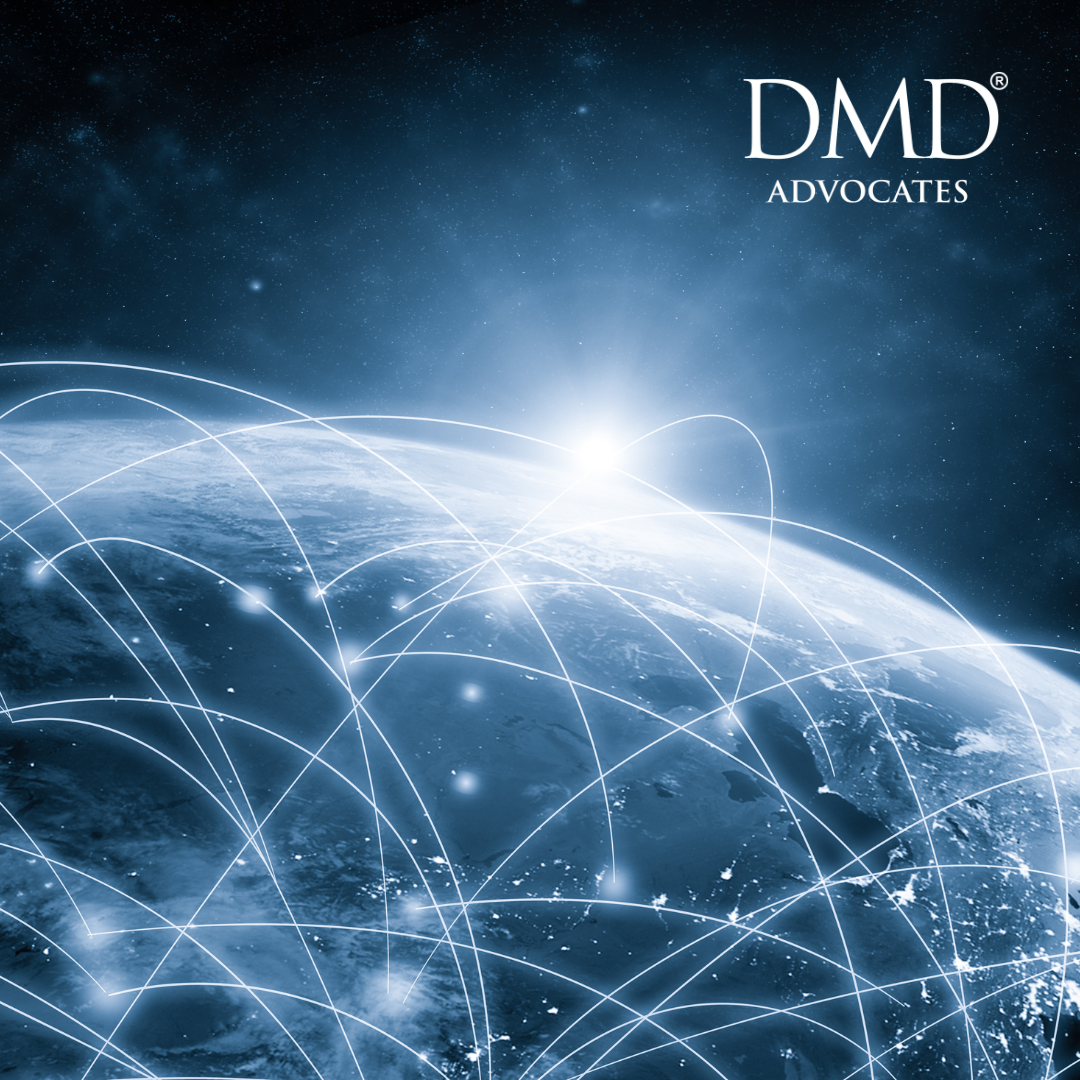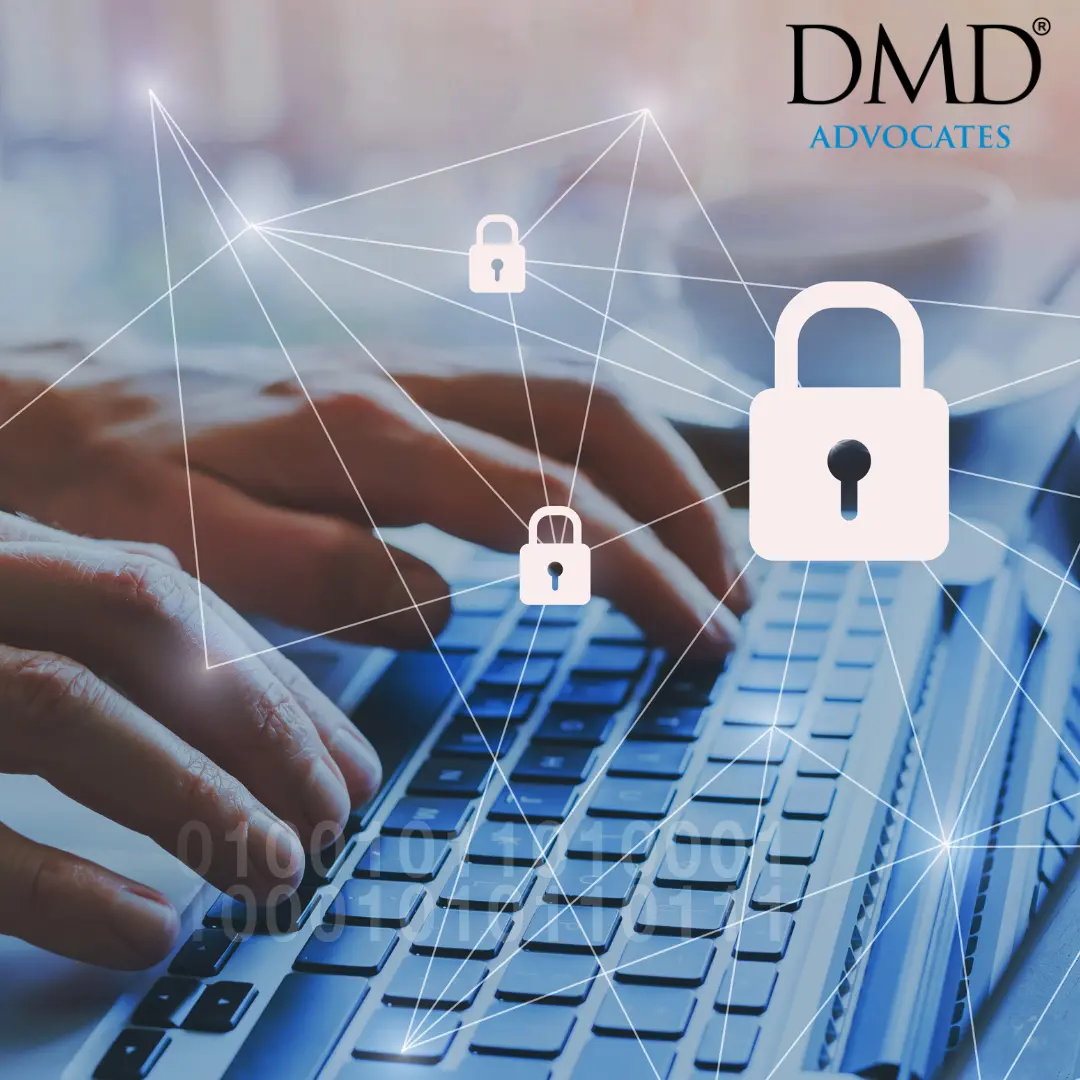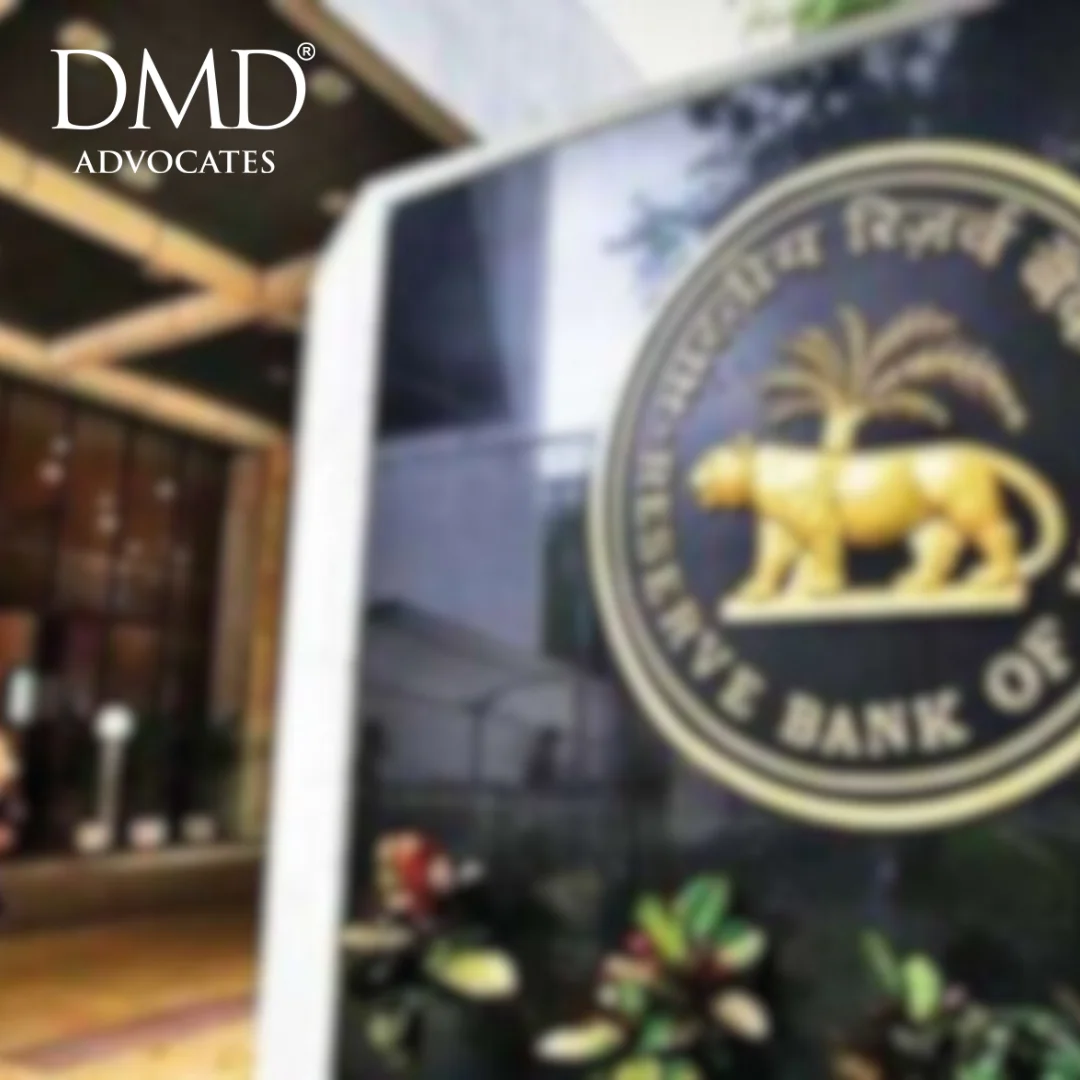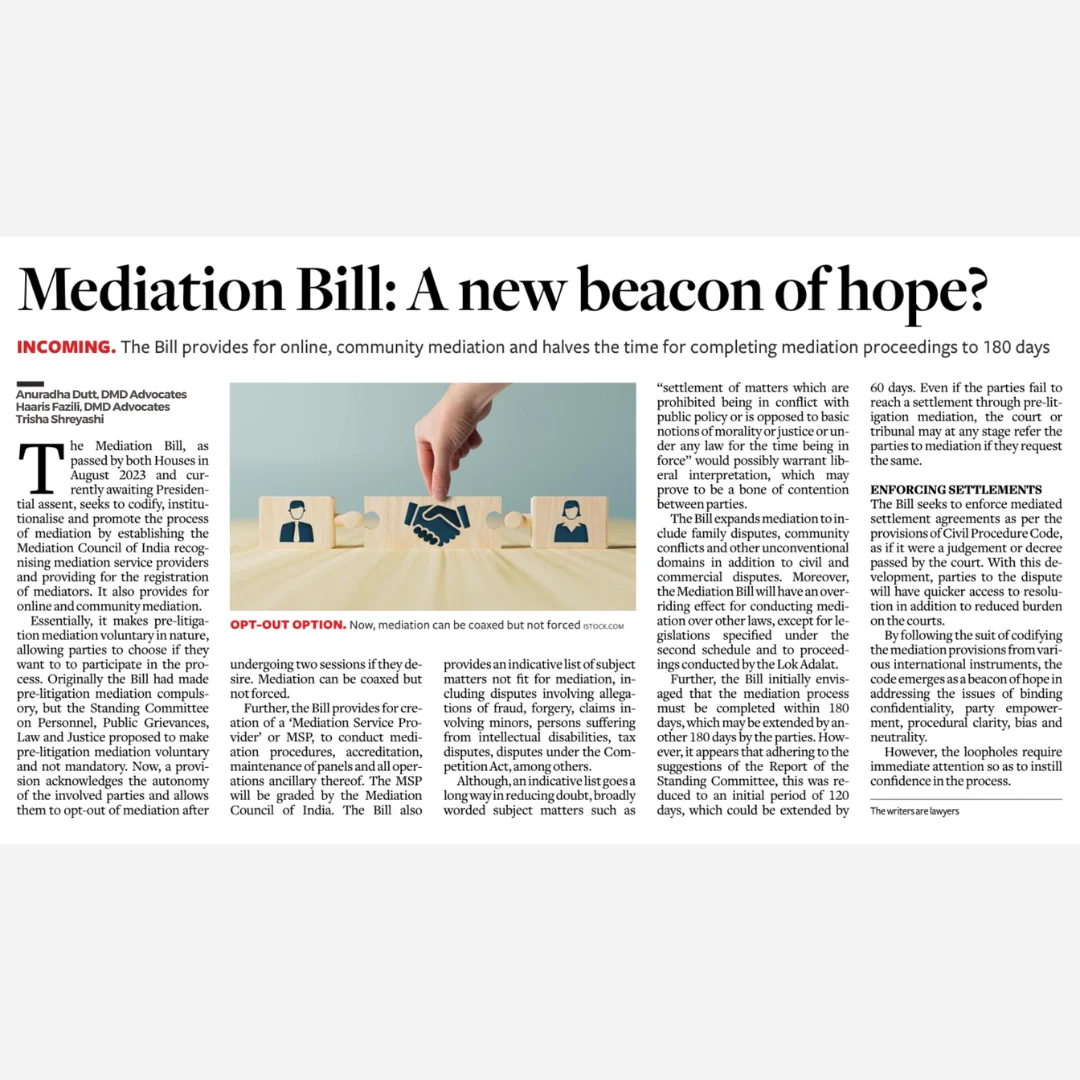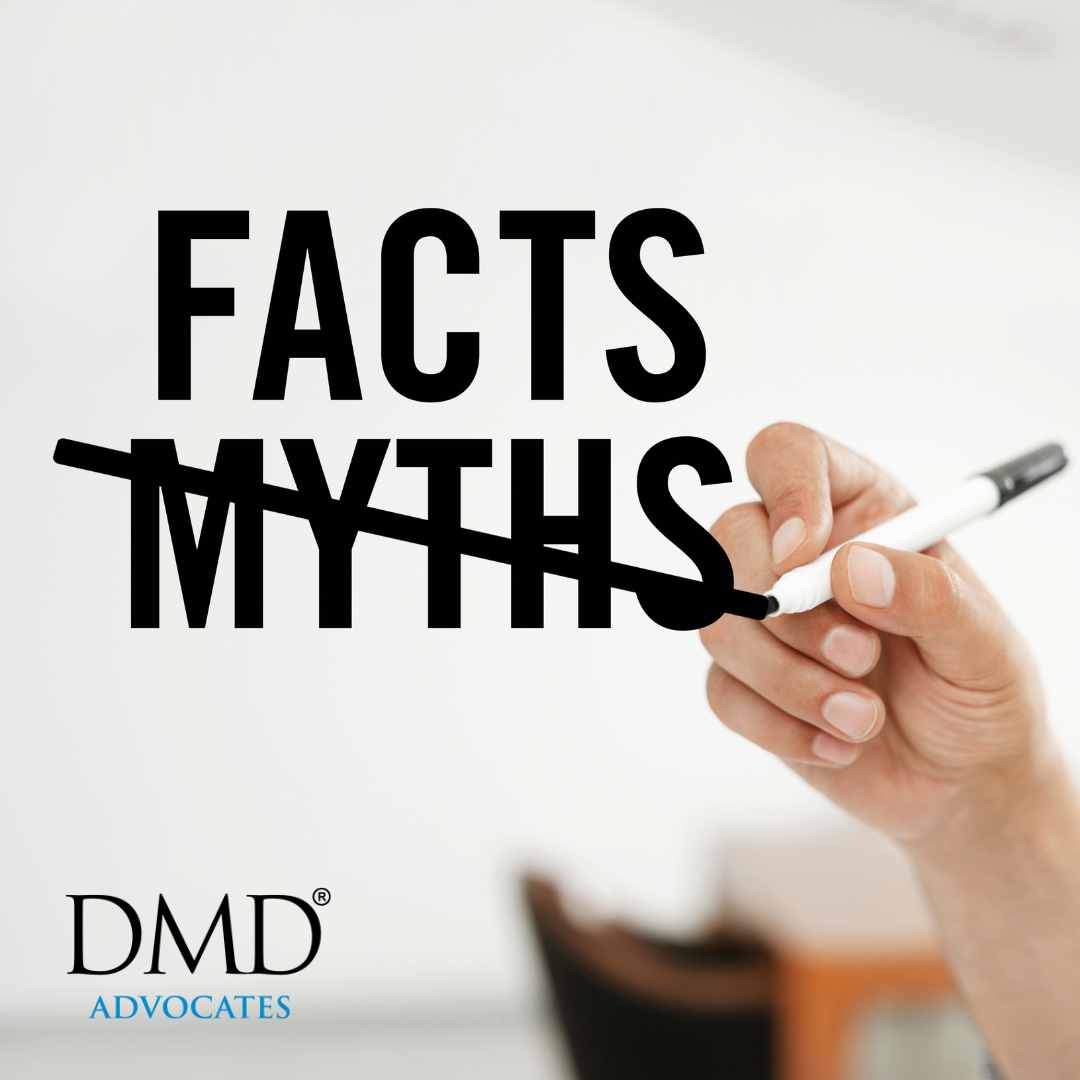Publications
The Telecommunication Act, 2023
02 Jan 2024
- DMD Advocates
- Article
The Telecommunication Act, 2023 (“Act”) has received presidential assent.
Recognizing the need for a legal framework that adapts to contemporary developments in communication technology, the Act aims to introduce an overhauled regulatory framework for governing telecommunication industry. The primary objective is to address the challenges posed by modern aspects of the telecommunication sector, including network security, spectrum allocation, consumer protection, and competition.
Key Features of the Act
(i) Authorisation: The Act aims to overhaul the pre-existing licensing regime for telecommunication services, telecommunication networks, and radio equipment. Unlike the previous legal framework, which required the telecom department to issue more than 100 types of licences, registrations, and permissions, the Act seeks to simplify this procedure. It does so by consolidating many of these into a single authorisation mechanism. Under the Act, telecommunication has been defined as the ‘transmission, emission or reception of any messages, by wire, radio, optical or other electromagnetic systems, whether or not such messages have been subjected to rearrangement, computation or other processes by any means in the course of their transmission, emission or reception’ and telecommunication network has been defined as ‘a system or series of systems of telecommunication equipment or infrastructure, including terrestrial or satellite networks or submarine networks, or a combination of such networks, used or intended to be used for providing telecommunication services, but does not include such telecommunication equipment as notified by the Central Government.’
(ii) Assignment of Spectrum: Under the Act, spectrum will be assigned through auction except for specified purposes, where it will be allocated through an administrative process. The specified purposes include (a) teleports, (b) television channels, (c) direct to home, (d) mobile satellite service in L and S bands, (e) headend in the sky, (f) digital satellite news-gathering, (g) public broadcasting services, (h) use by the central government, state governments, or other entities authorized by the government, (i) national security and defence, (j) disaster management, (k) weather forecasting, (l) transport, (m) BSNL or MTNL.
(iii) Spectrum Utilisation: The Act has introduced measures to encourage the efficient use of spectrum, including the concept of terminating spectrum assignments if they remain unused for a specified period. Additionally, the Act has introduced new provisions for spectrum sharing, trading, leasing, and surrender.
(iv) Right of Way: The Act allows the Central Government or any authorized entity or their contractors or agents to make an application to any person concerning any public or private property to seek the right of way for telecommunication infrastructure under, over, along, across, in or upon such property.
(v) Power to intercept and search: The Act provides the power to the Central Government to intercept, monitor, or block certain message or classes of messages between two or more persons on specified grounds which includes: (a) security of the state, (b) prevention of incitement of offenses, (c) occurrence of public emergency or (d) interest of public order. These actions will be subject to procedure, safeguards, and duration as prescribed. Telecommunication services can also be suspended on similar grounds. The Central Government has the power to make temporary provisions about any telecommunication infrastructure, network, or services in the occurrence of any public emergency or public safety. Further, the Act allows any officer authorised by the Central Government to search a premise or vehicle on specified grounds, provided he has a reason to believe that unauthorised telecommunication equipment or network used to commit an offence is kept or concealed there. The officer can also take possession of such equipment.
(vi) Protection of user: The Central Government will provide measures to protect users, which will include: (a) prior consent to receive specified messages which includes advertising images, (b) creation of Do Not Disturb registers, (c) mechanism to allow users to report malware or specified messages. Entities providing telecommunication services need to establish an online mechanism for registration and redressal of grievances.
(vii) Offences and Penalty: The Act prescribes penalties for telecommunication service providers as well as the users. Under the Act, the offence of providing telecom services without authorisation or gaining unauthorised access to a telecommunication network or data is punishable with imprisonment up to 3 (three) years or a fine up to INR 2,00,00,000 (Indian Rupees Two Crores) or both. Using unauthorised network or service will be punishable with a penalty of up to INR 10,00,000 (Indian Rupees Ten Lakhs).
(viii) Repeal: Except for specific sections and rules, including chapter 3 (power to place telegraph lines and posts) of the Indian Telegraph Act, 1885, and the rules, orders, made or purported to have been made under the pre-existing laws, the Act has replaced the majority of the Indian Telegraph Act, 1885, Indian Wireless Telegraphy Act, 1933, and Telegraph Wires (Unlawful Possession) Act, 1950.
(ix) Status of OTT communication services: The Act defines telecommunication broadly, encompassing the transmission, emission, or reception of any message via wire, radio, optical, or other electromagnetic systems. This had raised concerns about the Act potentially applying to a wide range of IT and digital services. However, the Telecom Minister, Shri Ashwini Vaishnaw has clarified that OTT players or applications will not fall under the scope of the Act and will continue to be regulated by the Information Technology Act, 2000.
Critiqued shortcomings
One of the key concerns raised is the lack of awareness for individuals subject to interception and power to search. Concerns have been flagged regarding mass surveillance and potential infringements of privacy, as the Act allows monitoring of any message, potentially compromising the privacy of all users. Critics have emphasized the need for stringent safeguards and proportional measures to address these concerns. Moreover, the Act does not specify the procedural aspects, nor does it provide for safeguards against such actions, raising concern for having a broad and arbitrary scope.
The Act is also facing criticism for mandating authorized entities to identify telecommunication users through biometric verification. Critics have highlighted a divergence from the Telegraph Act, 1885, which allowed various authentication methods, including offline options. The Act lacks safeguards such as the explicit mention of alternative authentication modes to Aadhaar, like passport. It has led to the apprehension that the Act may provide a legislative basis for the mandatory linking of Aadhaar to mobile phones which was earlier ruled unconstitutional by the Supreme Court of India.
Further, given the lack of clarity regarding the utilization, storage, processing, and sharing of biometric data among the majority of the population, coupled with the existence of data protection legislation with extensive exemptions for the government, critics argue that adopting such technology for routine procedures, especially without a viable offline alternative, should be avoided.
Credits: Aditi Kumari & Tarush Bhandari


